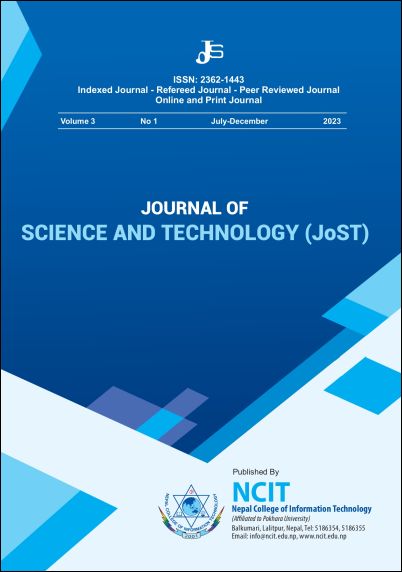GSM Mobile Positioning based on Path Loss using Hyperbola and Interpolation
DOI:
https://doi.org/10.3126/jost.v3i1.69058Keywords:
Location based service LBS, wireless location technique, GPS, GSM, cellular network, hyperbola, Receive signal strength (RSS), Root mean square error (RMSE), Interpolation, stationary signal strength difference (SSSD)Abstract
The Location of a mobile user is an utmost importance because of its seamless mobility feature. The technology for finding the such user in mobile networks is now one of the most promising and research-needed fields. Classification of potential location based system (LBS) applications can be done as for public safety, consumer needs and enterprise business. There are various methods that have been studied but many of them have good accuracy in outdoor RF environment only. Such environment consists of good Line-of-sight (LOS) and thus multipath propagation and other penetration loss have a very less effect. Some of the method studied here are Receive signal strength (RSS), Time of arrival (TOA), Difference in time of arrival (DTOA), Global Positioning system (GPS) etc. These methods have their own pros and cons. The proposed method is developed to improve the accuracy of location of MS using hyperbolic technique based on path loss of three Base station transmitter (BTS) and polynomial interpolation of appropriate degree for error forecast. Such path loss is used to estimate the reference distance between BTS and MS by using one of the empirical model. During the calculation of such distance, the ground altitude is also taken into consideration to determine the value of tower height. There are three different error sources which effects the estimated reference distance. First is the error in RSS measured by MS, second is error in the network parameter and third is error in empirical model. These errors are interpolate so that combine error can be forecasted using appropriate degree of polynomial interpolation which then get adjusted with estimated distance thus produce the more accurate enhanced reference distance. Thus location of the Mobile device can be calculated more accurately.




